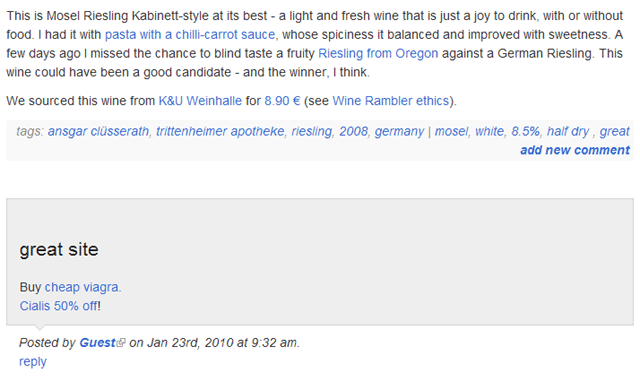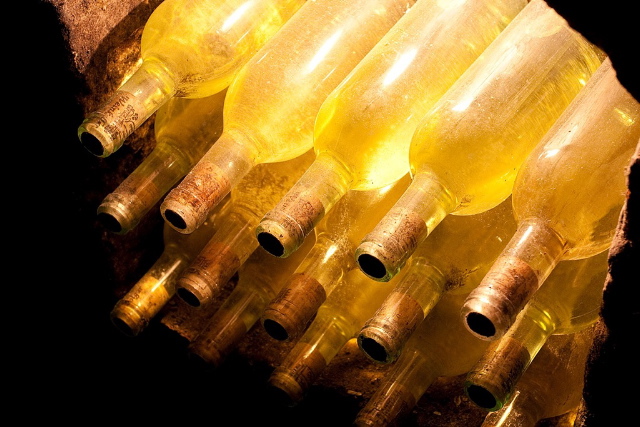Reinhold Haart, Wintricher Ohligsberg, Riesling Auslese, 2006
It was New Year's Eve and the Wine Rambler committee had assembled in Munich to drink some god-damn wine. And what could be better to conclude an evening of feasting and drinking with friends than one of the elegant, sweet Mosel Rieslings that Theo Haart turns out year after year? To celebrate the end of 2009 it had to be something special, an 'Auslese' ('selection', one of the highest ratings in the often confusing and not always meaningful German wine classification system). Made by a good winery and stored well these wines can last for decades, so a 2006 Auslese can almost be seen as a young wine when drunk at the end of 2009. Or as darn tasty, at any time.








